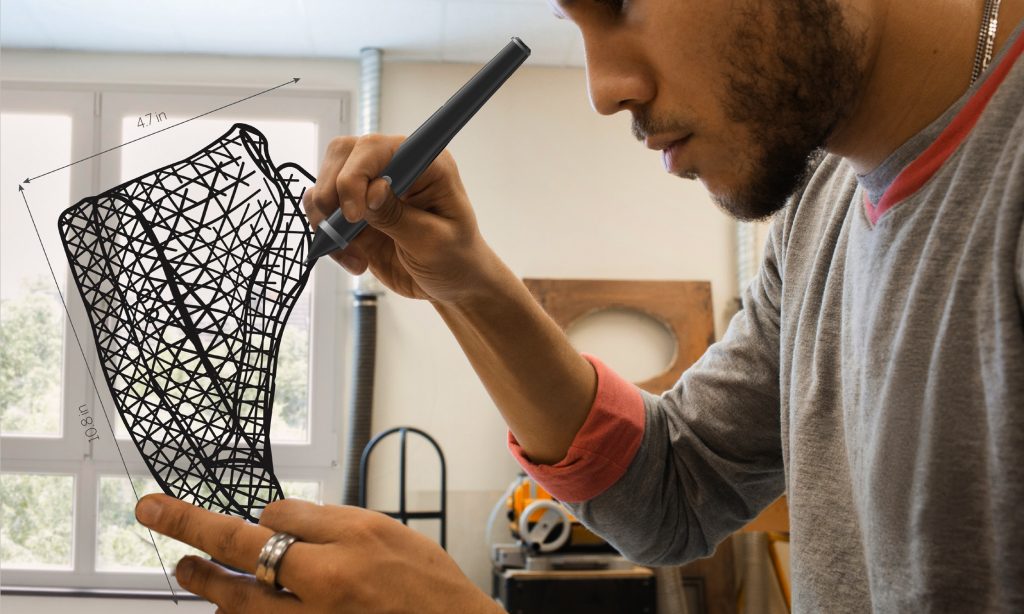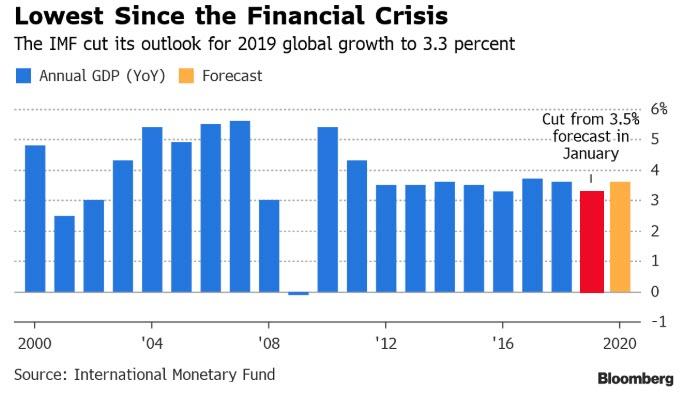The Entrepreneurial and Maker Community
What is the maker movement? The maker movement is a unique combination of artistry, circuitry, and old-fashioned craftsmanship. This is not new to us a society. Societal advancement has been predicated on people being able to create inventions that take us to the next level. We progress as humans due to our ability to make tools. I believe though that the recent resurgence of the maker community points toward some interesting implications overall for the global economy. In this article, I will point out my thoughts on the maker community as it relates to entrepreneurial activity as well as the global economy.
With the invention of 3D printing, people are able to create objects and parts with their imaginations. It takes a little bit of time to either find a part, or draw a part for production. With a couple of button presses we are able to create simple and complex geometries. These can then be leveraged for larger scale projects. People have the autonomy to build products for themselves and not need to be tied to any corporation that is making things. So what is important about that previous statement? Well, it shows that there can be a market for those who are able to create. There is a subtle shift when one learns that the means of production can be shifted from a large manufacturer to a consumer even if this is on a small scale. That leads naturally to people and smaller organizations questioning the status quo. This then can lead to entrepreneurial thought processes and new innovation.
2019 is the lowest global growth since the Financial Crisis
According to the United Nations, global growth is expected to remain at 3.0 percent in 2019 and 2020, however, the steady pace of expansion in the global economy masks an increase in downside risks that could potentially exacerbate development challenges in many parts of the world, according to the World Economic Situation and Prospects 2019. The global economy is facing a confluence of risks, which could severely disrupt economic activity and inflict significant damage on longer-term development prospects. These risks include an escalation of trade disputes, an abrupt tightening of global financial conditions, and intensifying climate risks.
Here are some even more fascinating statements from the United Nations: In many developed countries, growth rates have risen close to their potential, while unemployment rates have dropped to historical lows. Among the developing economies, the East and South Asia regions remain on a relatively strong growth trajectory, amid robust domestic demand conditions. Beneath the strong global headline figures, however, economic progress has been highly uneven across regions. Despite an improvement in growth prospects at the global level, several large developing countries saw a decline in per capita income in 2018. Even among the economies that are experiencing strong per capita income growth, economic activity is often driven by core industrial and urban regions, leaving peripheral and rural areas behind. While economic activity in the commodity-exporting countries, notably fuel exporters, is gradually recovering, growth remains susceptible to volatile commodity prices. For these economies, the sharp drop in global commodity prices in 2014/15 has continued to weigh on fiscal and external balances, while leaving a legacy of higher levels of debt.
I am going to analyze the following statements and relate them to the maker and entrepreneurial world:
- The global economy is facing a confluence of risks, which could severely disrupt economic activity and inflict significant damage on longer-term development prospects.
- Despite an improvement in growth prospects at the global level, several large developing countries saw a decline in per capita income in 2018. Even among the economies that are experiencing strong per capita income growth, economic activity is often driven by core industrial and urban regions, leaving peripheral and rural areas behind.
The first statement above refers to an underlying fear of global economic recession or depression from my analysis. The risks that this statement refers to are downside risks. Downside risks refer to estimations of a security’s potential to suffer a decline in value if the market conditions change, or the amount of loss that could be sustained as a result decline. Essentially if global growth stagnates and regresses, we do face global regression and depression possibilities. So why is this important for the maker community?
Democratized Product Development
Democratization of skills and making abilities is crucial for people within a depression or regressed state of economy. Jobs are cut thin during this time period for different institutions within global recessions. Those who are still very fortunate are the people who have the ability to create or make products as they can now be more efficient as well as build products that serve people at cheaper rates, as well as help to build up their own businesses. This can then lead to the market economy over time correcting itself. Then the cycle continues over time.
As outlined earlier in this article, I believe society progresses as innovation and inventions progress. This refers directly to the maker movement. In the times before an economic regression or depression, individuals who can leverage their skills to create are in less trouble than people who do not have these skills. The makers have the ability to transform society. Being able to create with the imagination and a couple of tools is the new means of production within the world. With individuals able to iterate with 3D printing, open source software, and a variety of info, it can revitalize an economy as these people may be employing others in the future due to their ability to create. Creation and innovation lead to a ripple effect. Value creation ensues when new products are made. We serve society when we are able to make. Hence it is important that makers are seen as the main drivers of the market economy if they decide to make their products for others and not just for themselves within their own environments. The ability to use items such as a 3D printer is immense. People and organizations in the maker community can now build. They are the ones who have the power in the market. If one wants to be ahead of the curve in terms of the macro-economy, it would be a strong argument for one to be versed in 3D Printing as the past, present, and future has always lied within people who control the means of production.
Subscribe to Our Email Newsletter
Stay up-to-date on all the latest news from the 3D printing industry and receive information and offers from third party vendors.
Print Services
You May Also Like
3D Printing Grows to $15.9B in 2024 Amid Shifting Industry Dynamics
The global additive manufacturing (AM) market reached $15.9 billion in calendar year 2024, according to “Q4 2024 3DP/AM Market Data and Forecast” from Additive Manufacturing Research (AM Research). Despite a...
3DPOD 247: LJ Holmes, Executive Director for the Center of Advanced Manufacturing and Materials at Harrisburg University
Executive Director for the Center of Advanced Manufacturing and Materials at Harrisburg University, Larry “LJ” Holmes is a pioneer in applying additive manufacturing to defense and other critical sectors. Part...
Thai Startup OsseoLabs to Cut Surgery Time with 3D Printed Magnesium Implants
A patient undergoing mandibular reconstructive surgery typically faces two separate operations: one to place a custom-fit titanium plate and another month later to remove it. But what if that second...
Japanese Advanced Manufacturing Capabilities Grow in Europe with Sodick’s Purchase of Prima Additive
The global economy is currently undergoing a reshuffling in terms of what gets manufactured where. In large part, this trend is being driven by new geopolitical alliances and the need...




























